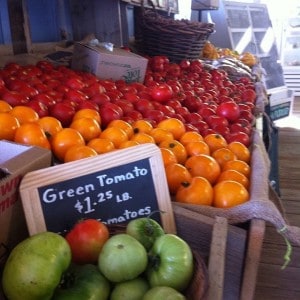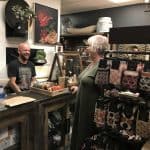Local food interest is creating opportunities across the country.
This interest is evident when you examine the growth in the number of growers and farmers markets. It also is noticeable in the news and on social media, where you see and hear phrases such as “local foods,” “local producers,” “food hubs,” and “regional food systems,” as well as other related terms, regularly. People are interested in the idea of local food and farmers, and other business owners are capitalizing on that opportunity.
On the production side, farmers and ranchers are using this opportunity to enter the direct-to-consumer market. They see building sustainable systems with the chance to add value to increase revenues.
In a just-released U.S. Department of Agriculture report, ‘Trends in U.S. Local and Regional Food Systems: A Report to Congress,’ the number of producers and value-added businesses involved in the production, processing, distribution and sales of local foods showed growth. Approximately 8 percent of farms are involved in direct-to-consumer sales and/or intermediate marketing by going directly to restaurants, institutions or to regional food aggregators.
Not only did such efforts have an influence on producer returns, but they also had a relationship with the survival rate of these businesses. Producers selling through one of these channels were found to more likely remain in business.
Income generated by a local producer supports that person and his or her family. This also benefits the community. Instead of dollars going outside the area, they stay in the community and are circulated through other local businesses. The producer also may use this income to hire labor or contract for certain services.
Local food events, such as a farmers market, also generate community traffic, bringing more people into town. While these people are at the market, they are more likely to stay and shop at other local businesses. One common stop, according to several market managers, is at the local grocery store, where individuals pick up products they can’t get at the market.
While specific economic gains to the community are just now being studied, early results supports this anecdotal information. These markets, in many ways, serve as business incubators helping owners build skills and gain business experience.
Such markets also allow producers to test products and evaluate returns. It allows them to see where they can maximize return, whether it be from the raw product itself or from adding value through additional processing and merchandising.
The growing interest in local foods provides the opportunity to build the small-business community. People are interested in buying local because of the food’s freshness and taste, they know where the food came from and they like supporting the local economy.
This interest means opportunity, not just for producers and others involved with local foods, but for communities. Use this opportunity in your local community.











